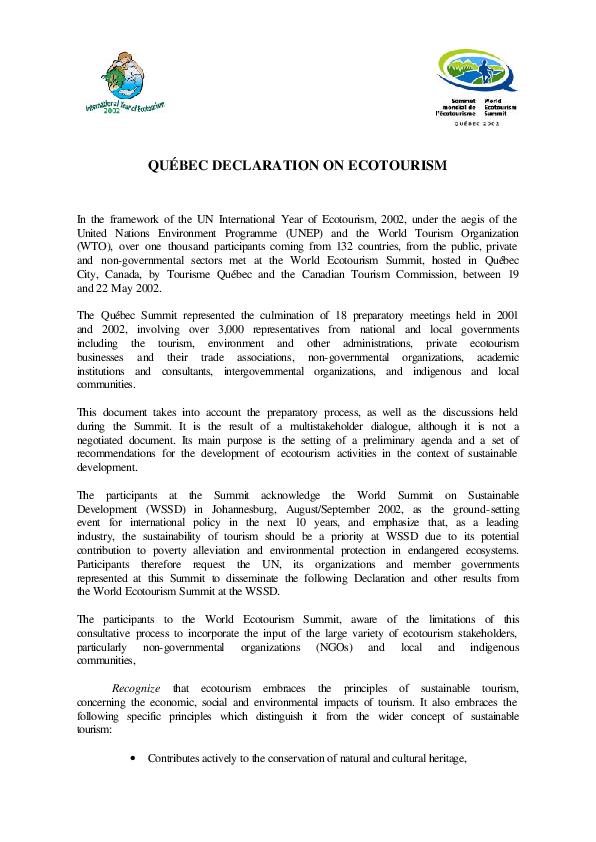International Horse Trade and Export Markets

The international horse trade is a dynamic and multifaceted industry that plays a significant role in global agriculture, sports, and leisure sectors. This article explores the key aspects of horse trading across borders, the major export markets, and the factors influencing this global commerce.
Overview of International Horse Trade

International horse trade involves the buying and selling of horses across countries for various purposes including racing, breeding, work, and recreational riding. This trade is influenced by factors such as breed demand, economic conditions, and regulatory frameworks.
Key Breeds in International Trade
| Breed | Origin | Primary Use |
|---|---|---|
| Thoroughbred | England | Racing, Breeding |
| Arabian | Middle East | Endurance, Breeding |
| Quarter Horse | USA | Ranch Work, Rodeo |
| Warmblood | Europe | Dressage, Jumping |
Major Export Markets
Countries leading in horse exports include the United States, Ireland, Australia, and the Netherlands. These nations have established breeding programs and strong equestrian cultures that support their export capabilities.
- United States: Known for Quarter Horses and Thoroughbreds, exporting primarily to Asia and Europe.
- Ireland: Famous for Thoroughbreds, with a strong market in Europe and the Middle East.
- Australia: Exports mainly Thoroughbreds and stock horses to Asia.
- Netherlands: Renowned for Warmbloods, exporting to Europe and North America.
Factors Influencing International Horse Trade
- Regulations and Health Standards: Import/export laws, quarantine requirements, and health certifications are critical.
- Economic Factors: Currency exchange rates, tariffs, and market demand impact trade volumes.
- Transport and Logistics: Safe and humane transportation methods are essential for maintaining horse health.
Challenges in the International Horse Trade
- Disease control and biosecurity risks.
- High transportation costs.
- Legal and ethical considerations regarding animal welfare.
Future Trends
- Increasing use of technology for tracking and health monitoring.
- Growing markets in Asia and the Middle East.
- Enhanced international cooperation on animal welfare standards.
FAQ
Q1: What are the most commonly traded horse breeds internationally?
A1: Thoroughbreds, Arabians, Quarter Horses, and Warmbloods are among the most commonly traded breeds.
Q2: How do regulations affect horse exports?
A2: Regulations ensure the health and safety of horses during transport and prevent the spread of diseases.
Q3: Which countries are the largest importers of horses?
A3: Countries in the Middle East, Asia, and Europe are significant importers due to their equestrian sports and breeding industries.
Q4: What are the main challenges in horse export?
A4: Challenges include disease control, transportation logistics, and compliance with international laws.
This detailed article structure provides a clear, informative, and SEO-friendly approach to understanding the international horse trade and export markets. It uses tables and lists to organize information effectively and includes a FAQ section to address common questions.
